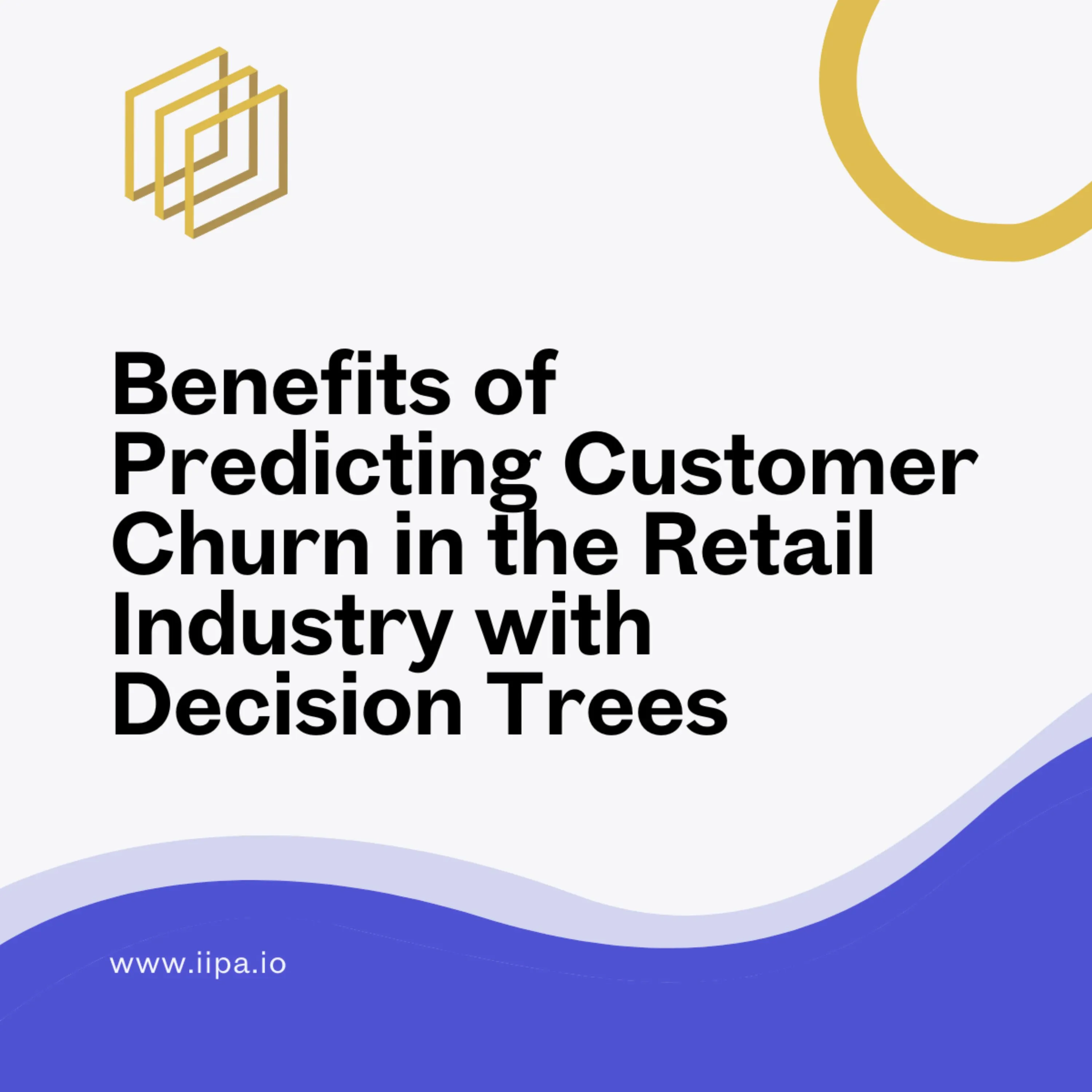Stop losing customers before you even know they’re gone!
In the fast-paced world of retail, customer churn can significantly impact your bottom line. But what if you could predict which customers are at risk? Enter DecisionTrees, powerful data science tools that can help you identify potential churners before they disappear.

In the fast-paced world of retail, customer churn can significantly impact your bottom line. But what if you could predict which customers are at risk?
Enter DecisionTrees, powerful data science tools that can help you identify potential churners before they disappear.
How does a decision tree work? Imagine a tree with branches representing different customer characteristics: purchase history, average order value, loyalty program membership, etc. Each branch leads to a “leaf” – a prediction of whether a customer is likely to churn (red leaf) or remain loyal (green leaf).
Benefits of using decision trees for churn prediction:
– Easy to interpret: Unlike complex algorithms, decision trees offer a clear visual representation of factors influencing churn.
– Actionable insights: By identifying high-risk customers, retailers can target them with personalized retention campaigns.
– Improved resource allocation: Resources can be focused on retaining valuable customers who are most likely to churn, maximizing ROI.
For example, A clothing retailer uses decision trees to analyze customer data. They discovered that customers with a low purchase frequency and no loyalty program membership are more likely to churn.
The action that takes place based on the decision is that the retailer targets these customers with exclusive email offers and encourages them to join the loyalty program, potentially saving valuable customers.